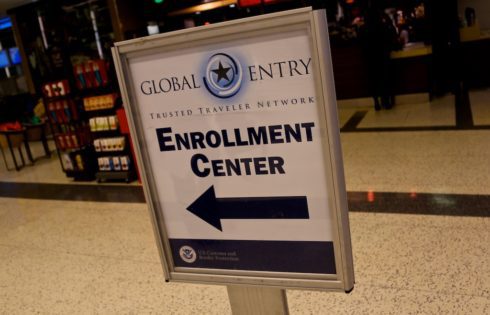
Known Traveler Number Guide: (How to Lookup, Global Entry, Pre-Check) [2023]
This comprehensive article will tell you everything you need to know about your Known Traveler Number. I’ll cover how you can get one and the best way to do that

This comprehensive article will tell you everything you need to know about your Known Traveler Number. I’ll cover how you can get one and the best way to do that
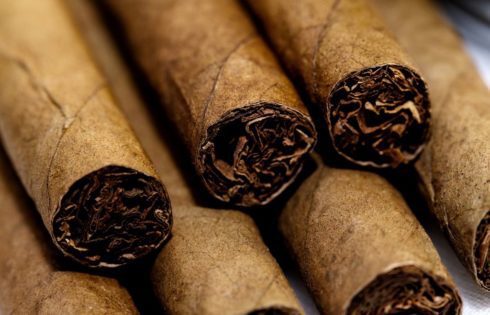
Want to enjoy your fine cigars when traveling but don’t want to give up your precious stogies when heading through TSA? I don’t blame you. But before you decide to
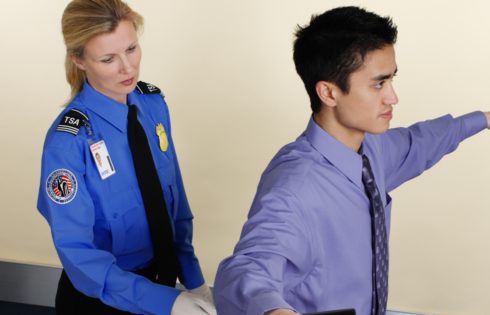
A lot of travelers get a little bit nervous when going through airport security. They are afraid of something going wrong and having a badged TSA officer give them trouble
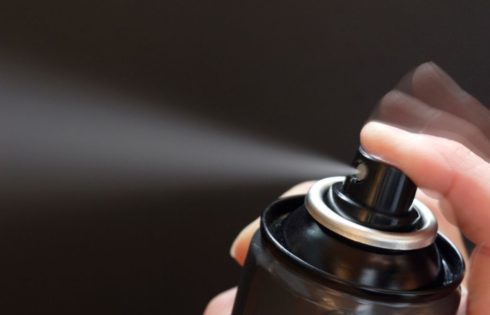
Using hair spray is one of the easiest ways to keep your hair on point when traveling. But there is a major point of confusion when it comes to bringing
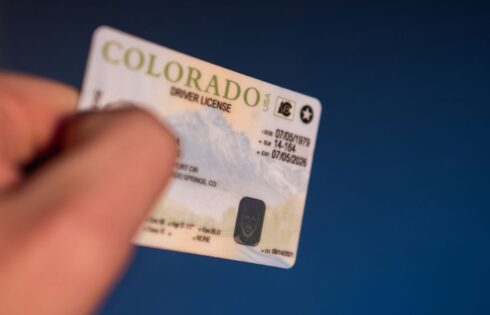
If you’re thinking about getting through airport security but worried about getting through with an expired, damaged, or even paper driver’s license, there are certain things you want to know
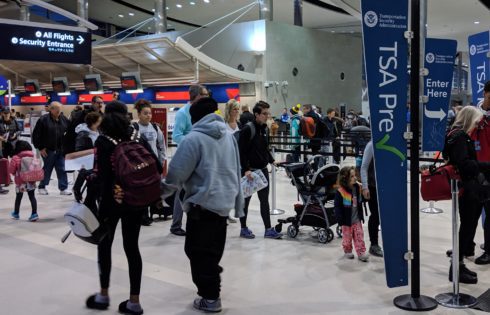
For many individuals, the process of navigating airport security can be quite anxiety-inducing. However, for those with medical conditions, this experience can be even more stress-inducing. Lots of people wonder
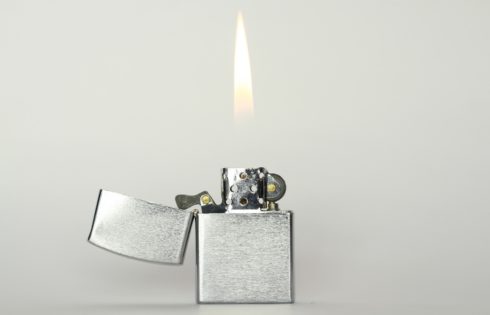
When it comes to anything that can create an explosion or open flame, you always want to be very careful about bringing that type of item on a plane. Because
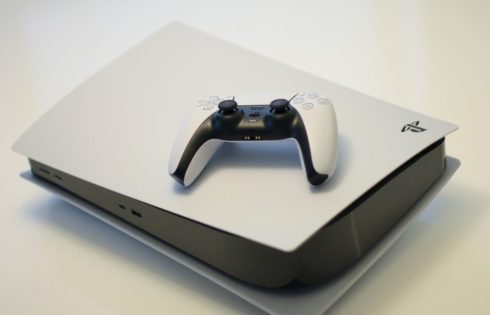
A lot of casual and serious gamers wonder whether or not they can bring their game consoles through TSA security checkpoints and on to the plane. We could be talking
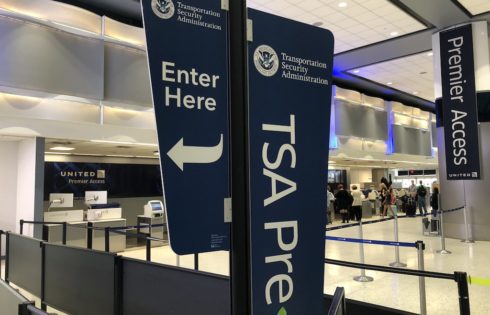
If you think you’ve left an item at a TSA security checkpoint you are not alone as TSA estimates approximately 100,000 items are left behind each month. The good news
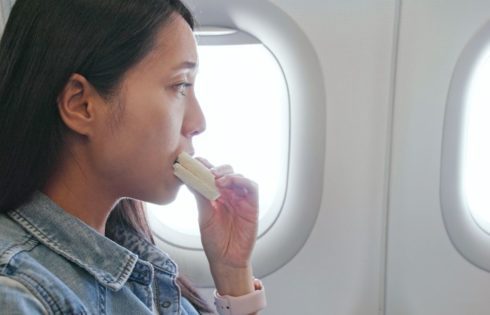
When it comes to airport security, it’s not always clear what you can and can’t bring on a plane. This is especially the case for food. There’s nothing worse than
| Cookie | Duration | Description |
|---|---|---|
| cookielawinfo-checkbox-analytics | 11 months | This cookie is set by GDPR Cookie Consent plugin. The cookie is used to store the user consent for the cookies in the category "Analytics". |
| cookielawinfo-checkbox-functional | 11 months | The cookie is set by GDPR cookie consent to record the user consent for the cookies in the category "Functional". |
| cookielawinfo-checkbox-necessary | 11 months | This cookie is set by GDPR Cookie Consent plugin. The cookies is used to store the user consent for the cookies in the category "Necessary". |
| cookielawinfo-checkbox-others | 11 months | This cookie is set by GDPR Cookie Consent plugin. The cookie is used to store the user consent for the cookies in the category "Other. |
| cookielawinfo-checkbox-performance | 11 months | This cookie is set by GDPR Cookie Consent plugin. The cookie is used to store the user consent for the cookies in the category "Performance". |
| viewed_cookie_policy | 11 months | The cookie is set by the GDPR Cookie Consent plugin and is used to store whether or not user has consented to the use of cookies. It does not store any personal data. |
